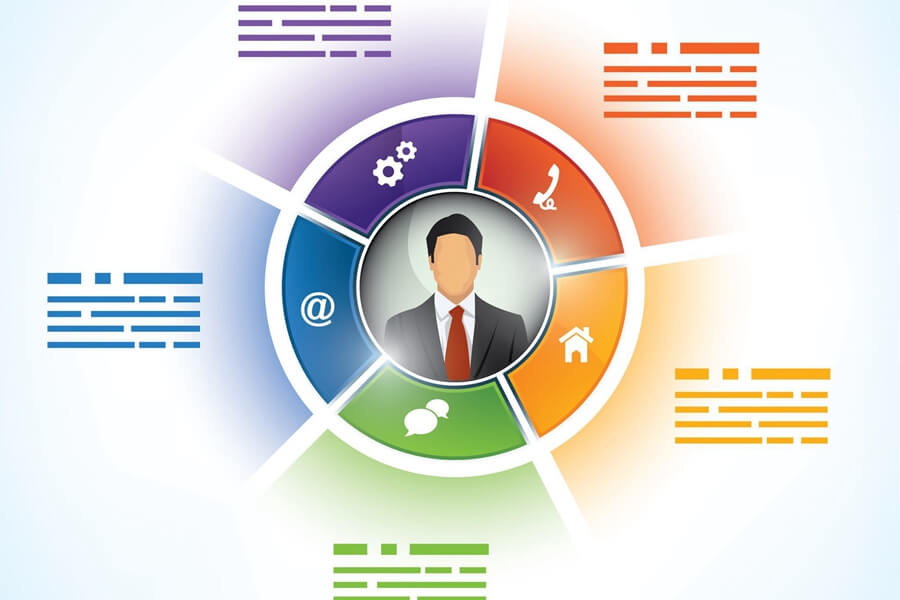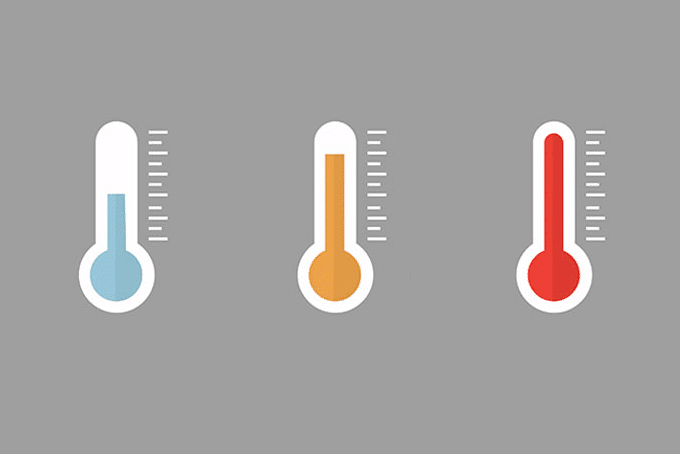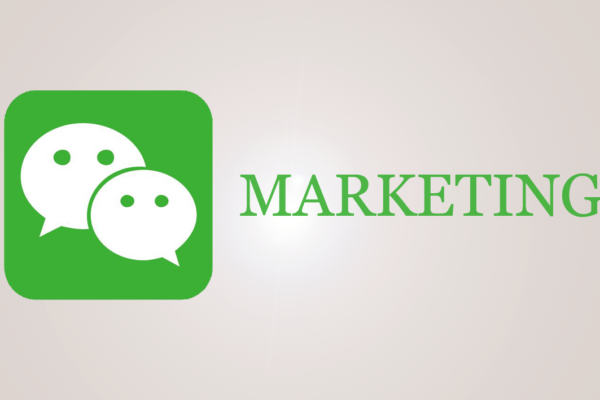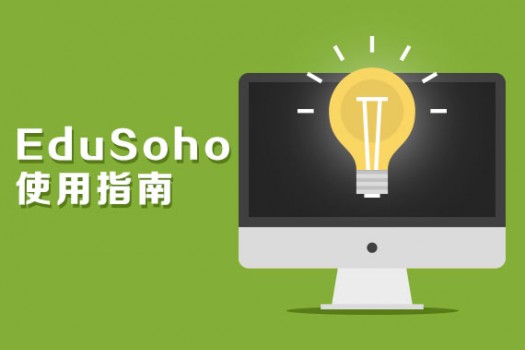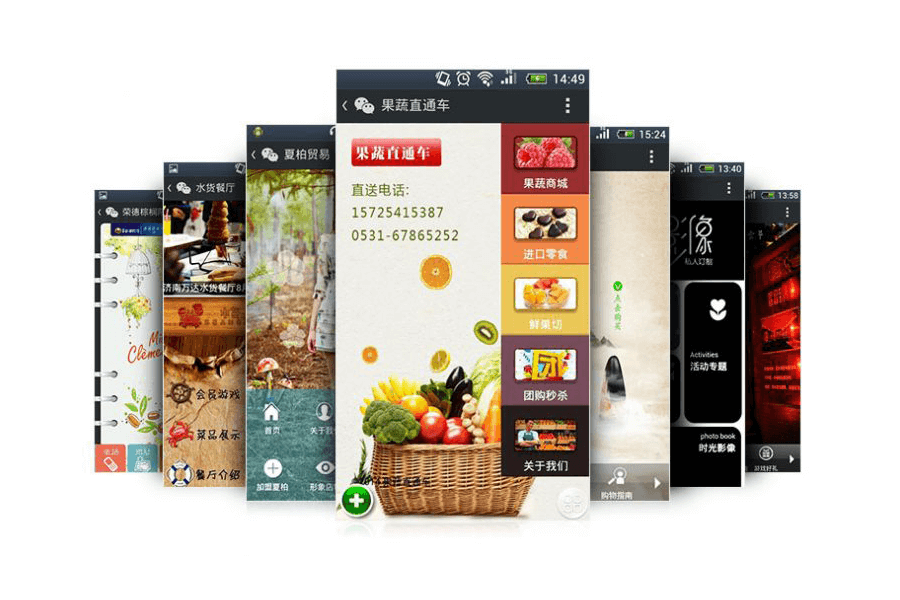 Practical Cases
Practical CasesMarketing Automation Helps This B2B Brand to Reduce Sales Costs by 20% and Increase Conversion Rate by 50%
When B2B companies participate in an offline exhibition, they expect to gain more leads and convert them into customers. The most efficient sales process is to acquire a lead and secure the order on the spot, but it rarely is the case. Usually, there is a much longer nurturing process for these sales leads.
The 1-to-1 followup process demands a lot of manpower from the sales team. How can we accurately identify the right customer and engage at the right time? Marketing automation technology is the answer.
We will show you how WeChat marketing automation technology enables a B2B company to convert more efficiently.
Step 1: Set a unique QR code for each salesperson
During the offline exhibition, the salesperson could use his/her unique QR code to guide the sales leads to follow the company’s WeChat Official Account. Meanwhile, these leads are assigned to the salesperson for the future 1:1 conversation.
A follower’s interest is at its highest at the point during which he/she starts following the brand. It is important to interact with them positively at this first touchpoint in order to inspire return visits. Therefore, the brand sets up a welcome journey to increase engagement and acquire more follower information. Followers’ behavioral and textual interactions are recorded and synced with the brand’s CRM system, which creates a real-time and fuller customer profile. Therefore, salespeople know the right time to engage and the right help to provide.
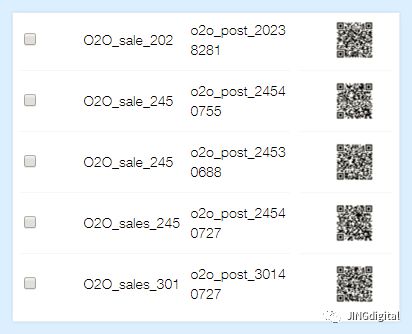
Illustration 1: Unique QR Code for Each Salesperson
Step 2: Personalize posts to convert followers into customers
With the follower info collected in step 1, the brand could create follower segments and then send out personalized posts.
Brands are increasingly competing for customers’ attention, so understanding individual needs and providing relevant content is the core to grow organically. Also with personalized content, followers are less likely to be annoyed, which is a win-win outcome for both the brand and the customer.

Illustration 2: Send Personalized Posts Based on Follower Segment
Step3: Engage with the right person at the right time
Brands could set specific triggers to assign a follower to a salesperson. For example, the follower fills out a form, clicks the menu, or scan a QR code.
The potential customer can communicate with the salesperson within the WeChat environment, while the salesperson would use his/her WeChat Work account to officially represent the brand. Their communication could be recorded at a macro level and be overseen by the manager. For B2B companies with long sales process, this feature is extremely valuable.
Step 4: Reply to keywords
If a follower asks “How does product A work?”, “How do you franchise B series?”, this indicates strong purchase or partnership intent. Set relevant journeys for the most frequent keywords and notify the sales team would make the sales process more efficiently. Sales can then interact with a follower individually.
During the process, the brand can respond to follower inquiries instantly, while collecting the relevant customer info. These hot leads could also be followed up in a timely manner.
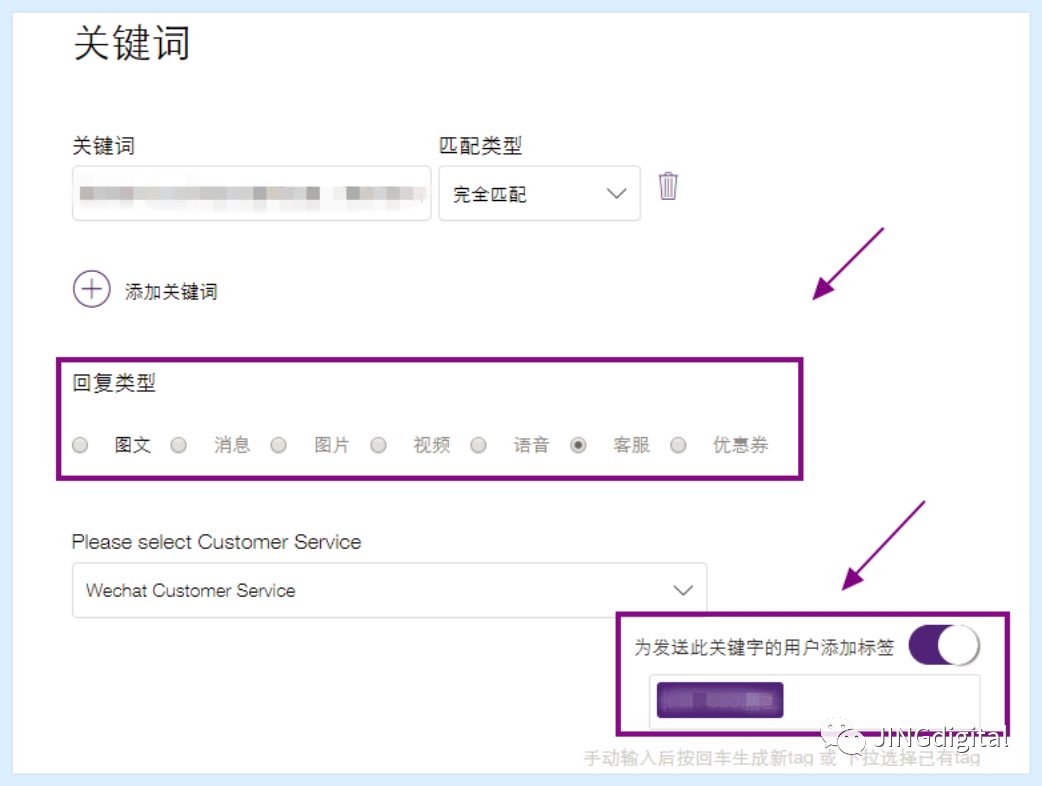
Illustration 3: Reply to Keywords Function
Step 5: Follow by searching, mini-website, and other activities
Additionally, other interactions (such as mini-website campaigns) the followers initiate will assign them to corresponding salesperson, based on the products (such as the region or product line) they choose.
Using the five steps mentioned above, the brand binds every sales lead to a salesperson by JINGdigital sales tool. The sales leads include new followers acquired from online and offline events, and dormant followers revived by targeted content. With the help of marketing automation, the brand is able to empower its sales team and organically increase its conversion rate.
You could fill out the form below to request a demo to learn more about JINGdigital’s marketing automation solutions.

REQUEST A DEMO

REQUEST A DEMO







